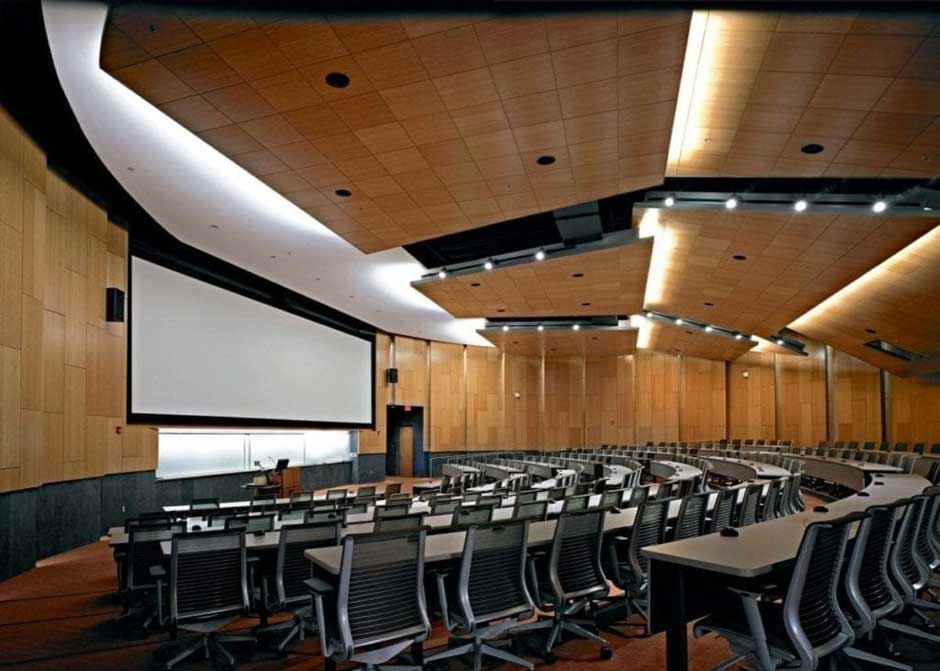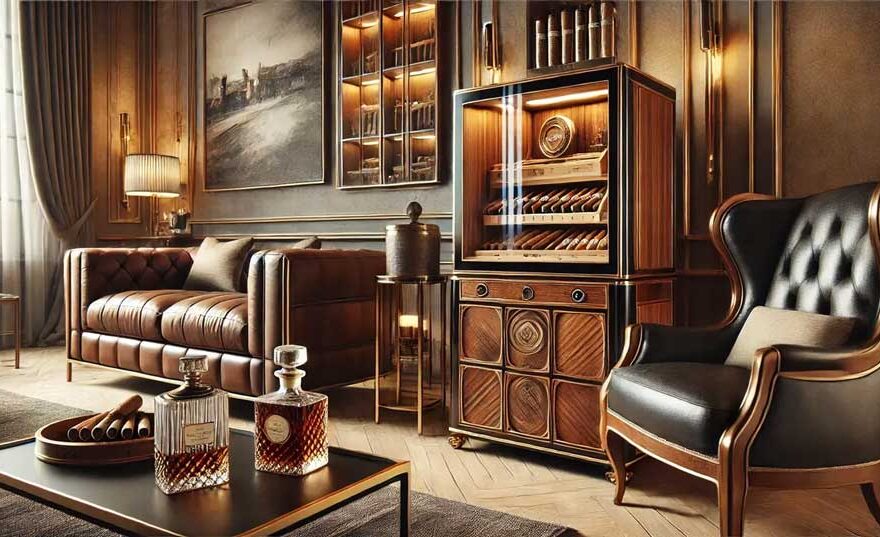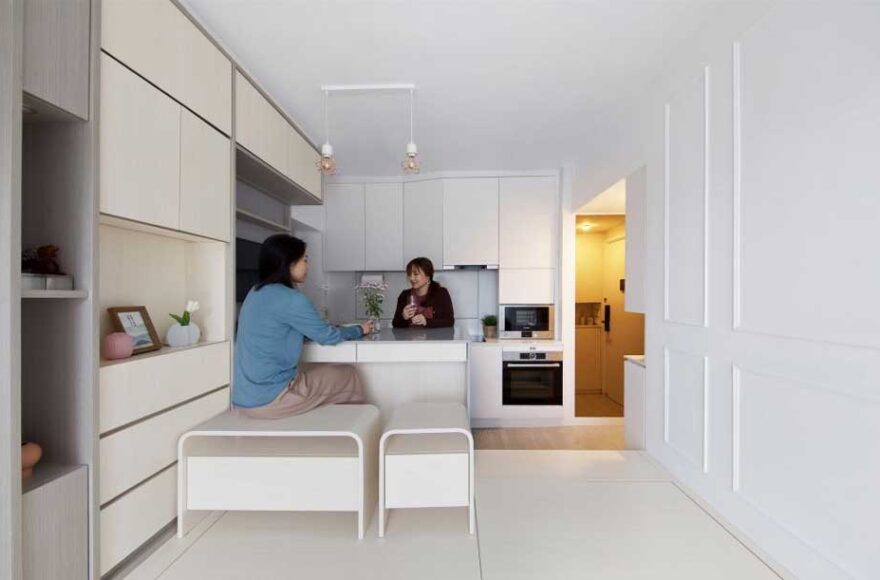Maximizing Acoustic Performance with Wood Wall Paneling

In today’s design-driven world, aesthetics and functionality go hand in hand. Architects, interior designers, and homeowners alike seek materials that not only look beautiful but also enhance a space’s performance. One such versatile solution is wood wall paneling—an elegant, natural material that can significantly improve a room’s acoustics. When paired with acoustic panels for walls, wood wall paneling transforms ordinary spaces into environments that sound as good as they look.
While layered acoustic treatments offer superior sound absorption, don’t underestimate the impact of floor surfaces in shaping a room’s sonic landscape. Smooth floors—whether hardwood, laminate, or polished concrete—can reflect sound and contribute to reverberation if left untreated. This is why some professionals use sanding disks during refinishing to ensure the floor remains level and optimally smooth, minimizing uneven echoes and enhancing overall comfort. By balancing wall treatments with mindful flooring preparation, you create a holistic acoustic environment that supports both function and style.
This blog will explore how wood wall paneling contributes to superior acoustic performance, its benefits over other materials, and best practices for integrating it into modern interiors.
Understanding Acoustics: The Science of Sound in Spaces
Before discussing wood paneling, it’s essential to understand the basics of acoustics. Sound travels in waves, and when these waves encounter hard, reflective surfaces like glass or concrete, they bounce back, causing echoes and reverberation. Excessive reverberation can make a space feel noisy, overwhelming, and fatiguing, especially in places like restaurants, offices, and music studios.
Acoustic performance refers to how well a space controls these sound waves to create a balanced, comfortable environment. The goal is often to absorb excessive noise while allowing enough sound to keep the space lively and natural.
This is where acoustic panels for walls come into play—absorbing unwanted sound waves and enhancing clarity.
Why Choose Wood Wall Paneling for Acoustic Solutions?
Wood is a natural, porous material that has been used for centuries in architecture and design. It offers a unique combination of visual warmth and acoustic benefits. Let’s explore how wood wall paneling enhances sound quality in a space:
Natural Sound Absorption
Wood’s cellular structure makes it an excellent sound absorber. When sound waves hit wood panels, they penetrate the surface and are dissipated within the material’s internal structure. This reduces echoes and reverberation, creating a more acoustically controlled environment.
Diffusion Capabilities
In addition to absorption, wood panels scatter sound waves in multiple directions, a process known as diffusion. This scattering helps avoid the creation of “dead zones” or harsh reflections, contributing to a more balanced sound throughout the room.
Aesthetic Integration with Acoustic Panels for Walls
Combining wood wall paneling with acoustic panels for walls allows designers to achieve both visual appeal and functional performance. Wood’s natural grain patterns, color variations, and textures complement modern and traditional interiors alike. By integrating acoustic panels into wood wall systems, spaces maintain a cohesive look without sacrificing sound quality.
Applications: Where Wood Wall Paneling Shines
Wood wall paneling is a versatile solution suitable for a wide range of environments, including:
- Home Theaters: Enhance movie nights with rich, clear sound by reducing echoes.
- Offices and Conference Rooms: Improve speech intelligibility and focus during meetings.
- Restaurants and Cafes: Create a pleasant dining experience by dampening background noise.
- Recording Studios and Performance Halls: Achieve professional-level sound quality for music and voice recording.
- Residential Spaces: Add warmth and sound control to living rooms, bedrooms, and home offices.
Pairing Wood Panels with Acoustic Panels for Walls: Best Practices
To maximize acoustic performance, consider these best practices when using wood wall paneling and acoustic panels for walls:
✅ Layered Acoustic Solutions
Combine wood wall paneling with other acoustic treatments, such as fabric-wrapped panels, acoustic foam, or mineral wool insulation behind the panels. This layered approach ensures a higher level of sound absorption across various frequencies.
✅ Strategic Placement
Install acoustic panels in areas where sound reflections are most problematic—typically on parallel walls, ceilings, and corners. Incorporate wood paneling across these areas to blend acoustic functionality with design.
✅ Slatted and Perforated Designs
Opt for slatted or perforated wood panels, which allow sound waves to pass through and be absorbed by the materials behind them. These designs maintain visual interest while significantly improving acoustic performance.
✅ Work with Acoustic Professionals
Consult with acoustic engineers or designers for complex spaces like auditoriums or studios. They can help model the space’s acoustics and determine optimal panel placements for maximum impact.
Sustainability and Acoustic Performance: The Eco-Friendly Edge
Wood is not only an excellent acoustic material but also a sustainable one. Many manufacturers source wood from responsibly managed forests, and engineered wood panels often use recycled materials. Pairing wood paneling with acoustic panels for walls made from eco-friendly materials creates a design solution that is both beautiful and environmentally conscious.
Choosing wood wall paneling for acoustic applications is a step towards greener, more sustainable interior design.
Elevate Your Space with Wood Wall Paneling and Acoustic Panels for Walls
Incorporating wood wall paneling into your space is more than a design choice—it’s a strategic decision to enhance acoustic performance, comfort, and aesthetic appeal. When combined with acoustic panels for walls, wood paneling becomes a powerful tool for creating soundscapes that are as welcoming as they are functional.
Whether you’re designing a cozy home, a productive office, or a high-end commercial space, consider the unique benefits of wood wall paneling for acoustic control. Its natural beauty, sound-absorbing properties, and versatility make it a top choice for professionals and homeowners alike.
Ready to transform your space? Embrace the power of wood wall paneling—and let your walls do the talking.


